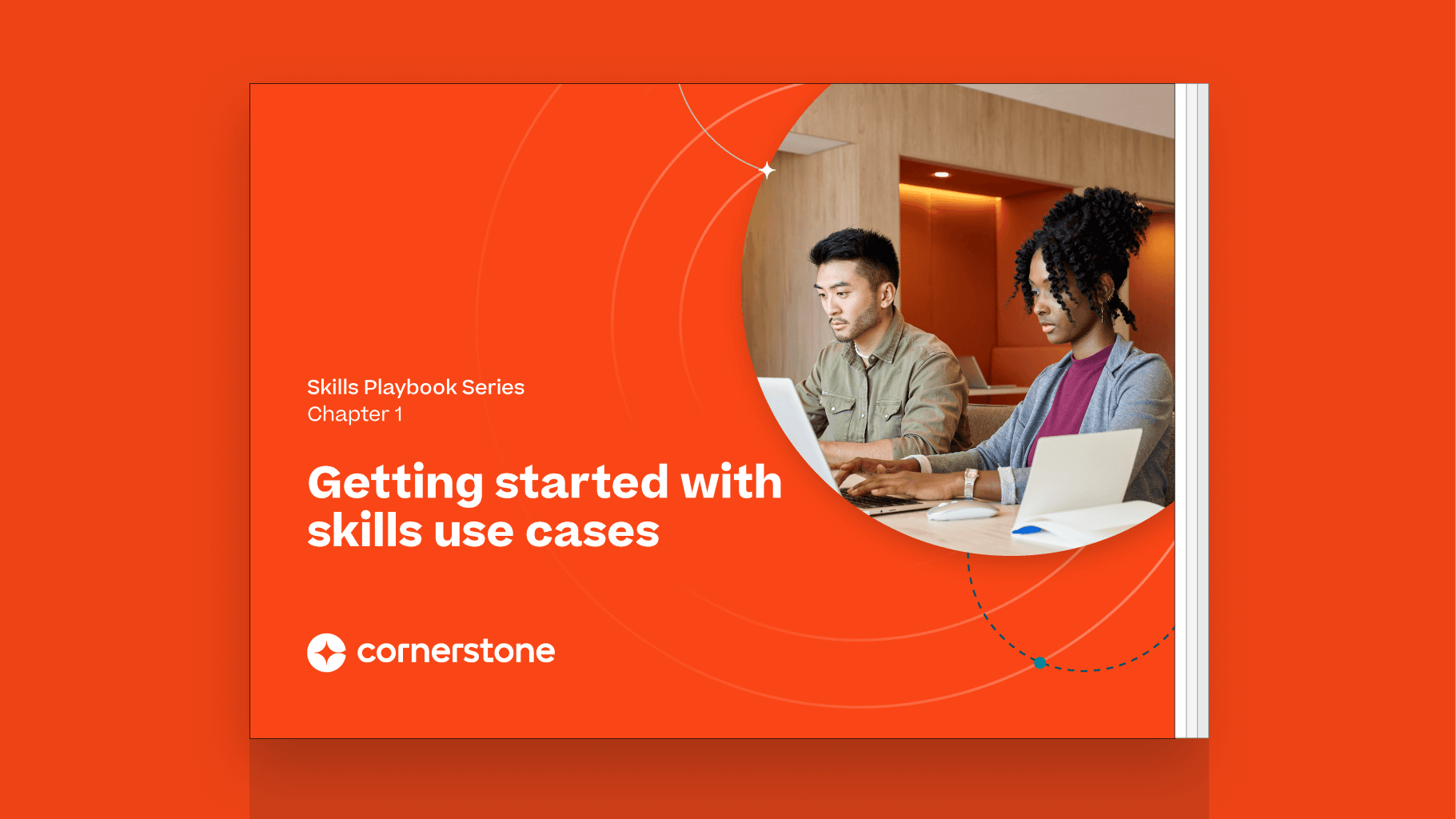If we want to achieve our career goals, we need to plan. Specifically, we need to find time to think about our career ambitions, research options, discuss plans and manage our career paths. Career management isn't something that should be taken lightly; it needs dedicated time and energy.
The practice of career management is the process of bringing together our individual interests, skills, etc., and formulating a plan for acquiring new skills or refining existing skills.
Both the employee and the employer have a role and responsibility in the career management conversation. And depending on where we are in our careers, the conversations change. Our goals at the beginning of our careers probably aren't the same as they are later in our careers.
In this post, we'll focus on the career management activities that every employee should consider during the different stages of their careers.
The early career stage can have two different looks.
First, it can be the time when employees have their first few jobs and are learning the skills that make them great employees. Examples might be working with occupational schedules, dress codes and company policies and procedures.
It can also be their very first jobs in what they consider their chosen professions.
During the early career phase, as an employee you should:
Discuss with your manager the traditional career path for the profession. It's very difficult to set career goals when you don't know all of the options.
Find out what skills and experience you need for future promotional opportunities. And how you would go about getting those skills.
Be prepared to share your long-term career goals and commitment to achieving those goals. Don't assume that the organization automatically knows the plan.
During the mid-career stage, employees are considered generalists or specialists in their chosen fields. They manage programs, processes or people. And they can hold formal titles within the organization, such as manager, director, etc.
During this stage of your career you should consider these activities:
Re-evaluate and confirm your career goals. Sometimes the goals you had early in your career are not the same goals you have later in your career.
Talk with management about multi-directional career paths. You can gain valuable experience by considering a lateral move or even a downgrade (no, it's not always a bad thing) to a different department.
Find out about certifications and credentials that support your profession. Establishing mastery of professional knowledge can elevate your career.
In the late stages of their careers, employees are considered very experienced in their professions. They may or may not be executives.
Also, during this stage, employees might be formally or informally considering semi-retirement or some sort of planned exit strategy.
This is probably a good time to mention that career stages aren't age driven. There are many people who have multiple careers in their lifetime.
When you're in the late stages of your career you'll want to:
Discuss with management participation in company mentoring programs. Knowledge management is a huge issue, and you have an opportunity to share yours.
Re-evaluate learning opportunities. Employees today realize that they need to be constantly learning, even during the latter part of a career.
Explore new job assignments and role adjustments. If a second act is part of your career management plan, what do those roles and responsibilities look like?
Regardless of their career stage, employees need to dedicate time to discovering what they would like to pursue. They need to articulate their career goals to the company, so management can support them. Speaking of which, the organization needs to do their part in helping employees manage successful career paths.

